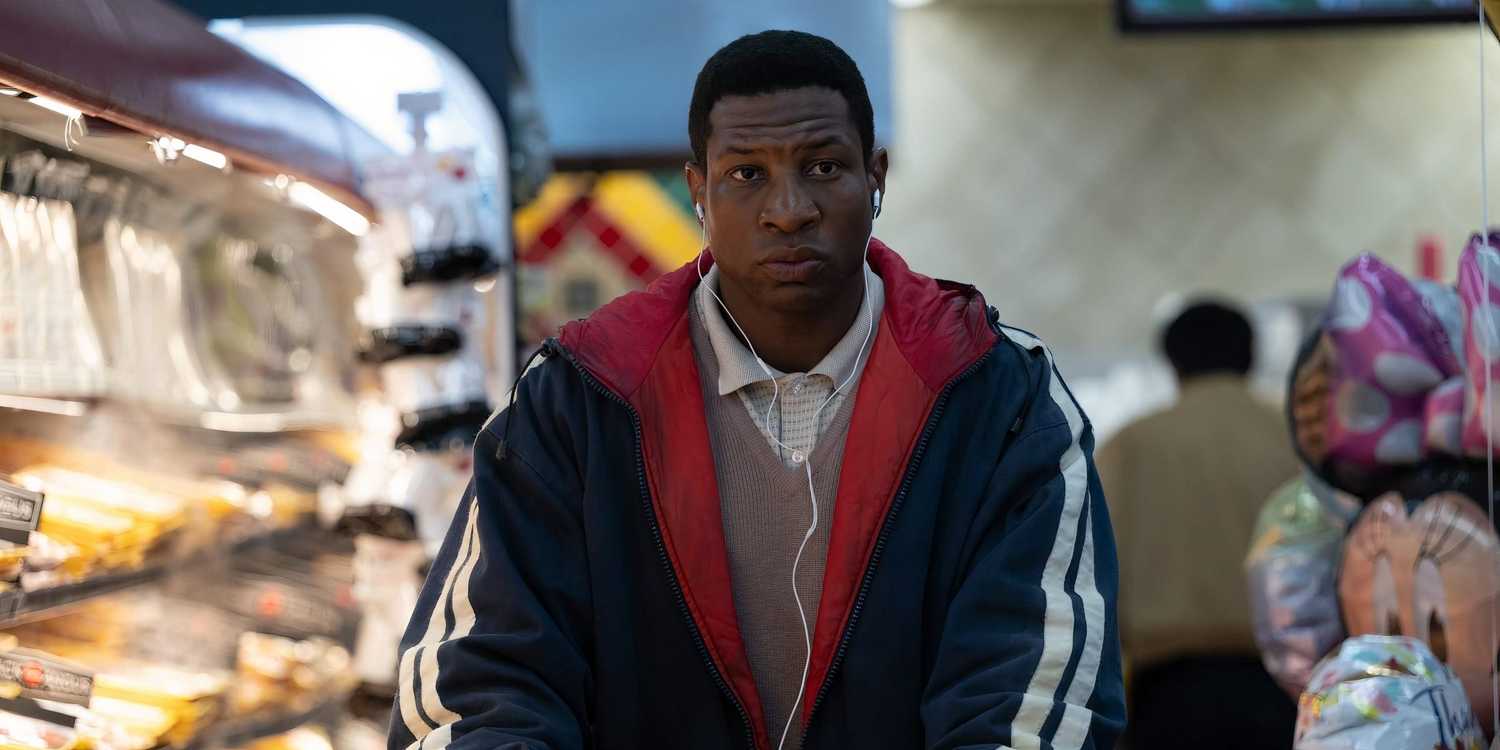If you’ve ever chased a dream so hard that it consumed you, then Magazine Dreams will strike a nerve. This gripping film dives into the story of an aspiring bodybuilder who wants to be seen, recognized, and admired—but at what cost? Packed with raw emotion, social commentary, and psychological tension, the movie isn’t just about lifting weights; it’s about lifting the heavy burdens of society’s expectations.
What is Magazine Dreams About?
At its heart, Magazine Dreams tells the story of Killian Maddox, a young man obsessed with becoming a world-famous bodybuilder. He wants his face on the cover of fitness magazines, believing that visibility equals validation. But in his relentless pursuit of recognition, Killian spirals into isolation, self-destruction, and mental turmoil.
Main Character Overview
Killian Maddox isn’t your average fitness enthusiast. He’s socially awkward, lonely, and desperate for connection. His inability to navigate relationships makes him cling even harder to his dream of fame. To him, the magazine cover is more than just paper—it’s proof that he exists in a world that constantly overlooks him.
Bodybuilding and Obsession
Bodybuilding is portrayed as both a passion and a prison. Killian’s dedication to training and strict diets reflects discipline, but also addiction. Every rep, every protein shake, and every flex in the mirror serves as a reminder of his burning desire to be perfect—even though perfection is an illusion.
Themes of Mental Health
Loneliness sits at the core of Killian’s struggles. His isolation fuels his obsession, creating a vicious cycle of wanting validation but pushing people away. The film masterfully shows how unaddressed mental health issues can manifest in dangerous ways, especially when mixed with societal pressure.
Fame and the Media
Magazines, social media, and celebrity culture shape how people see themselves. For Killian, fame equals survival. But chasing fame is like chasing shadows—it looks attainable, but slips away the closer you get. The film questions whether recognition from strangers can ever truly fill the void of self-doubt.
The Role of Society’s Expectations
Society loves to idolize “perfect” bodies, yet ignores the pain behind the muscles. Killian represents countless people who feel invisible unless they meet certain beauty or success standards. The movie forces viewers to confront how damaging those expectations can be.
Cinematography and Style
The visuals in Magazine Dreams reflect Killian’s inner turmoil. Dark lighting, intense close-ups, and heavy contrasts create a suffocating atmosphere. It feels like the audience is trapped inside his mind—haunted, restless, and desperate.
Character Development
What makes Killian fascinating is his complexity. He’s both sympathetic and unsettling. Viewers may not agree with his choices, but they understand his pain. This layered character development keeps the audience emotionally hooked, even when Killian’s path turns disturbing.
The Supporting Characters
The people around Killian—neighbors, love interests, trainers—act as mirrors reflecting his weaknesses and desires. Their presence highlights his inability to connect with others, showing how his pursuit of dreams comes at the cost of human relationships.
Symbolism in the Film
The “magazine” itself is symbolic—it represents unattainable validation. No matter how close Killian gets, it always seems out of reach. Similarly, bodybuilding competitions symbolize the endless cycle of proving oneself, where satisfaction never lasts long.
Critical Reception
Critics have called Magazine Dreams both bold and unsettling. Some praise its raw honesty and powerful performances, while others find it too dark and disturbing. Regardless, it has sparked important conversations about mental health, fame, and masculinity.
Comparisons to Similar Films
If you’ve seen movies like Taxi Driver or Joker, you’ll notice parallels. Like those films, Magazine Dreams explores loneliness, obsession, and society’s role in shaping fragile identities. Yet, it stands apart by using bodybuilding as a unique lens for storytelling.
Why the Film Matters
Magazine Dreams matters because it forces us to confront uncomfortable truths. It’s not just a film about muscles—it’s about the weight of expectations, the hunger for recognition, and the danger of losing yourself in the chase for validation.
Conclusion
In the end, Magazine Dreams isn’t just about one man’s dream to be on a magazine cover—it’s about the universal human need to be seen, loved, and valued. It’s haunting, thought-provoking, and a reminder that chasing perfection often leaves us emptier than before.
FAQs
1. Is Magazine Dreams based on a true story?
No, it’s fictional, but it reflects real struggles with fame, isolation, and mental health.
2. What message does the movie send?
It warns against obsession, the dangers of unrealistic goals, and the emptiness of external validation.
3. Who stars in the movie?
The lead role of Killian Maddox is portrayed by Jonathan Majors.
4. Is it more drama or thriller?
It’s a psychological drama with thriller-like tension.
5. Should you watch it?
If you enjoy thought-provoking, character-driven stories, absolutely—but be prepared for its dark themes.
